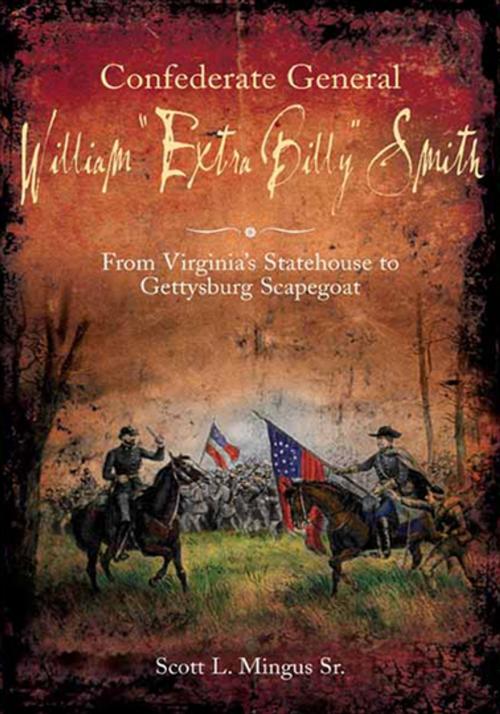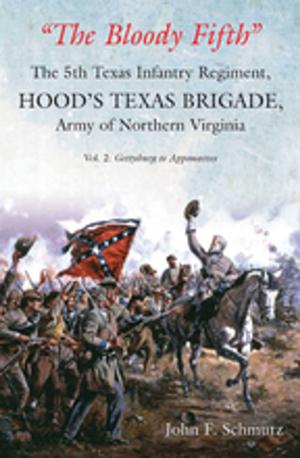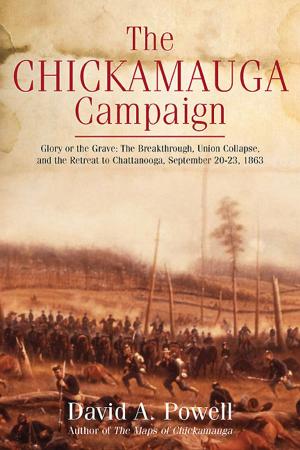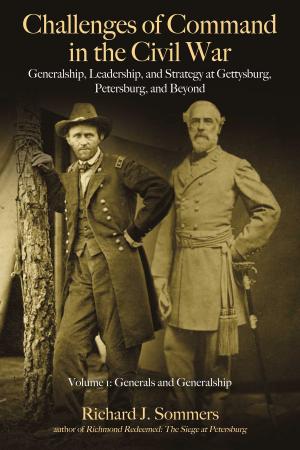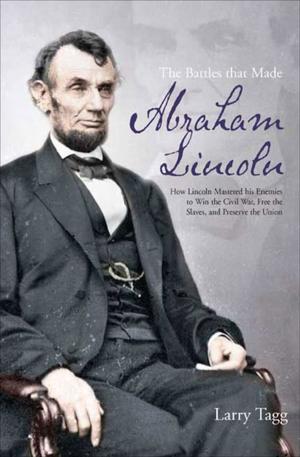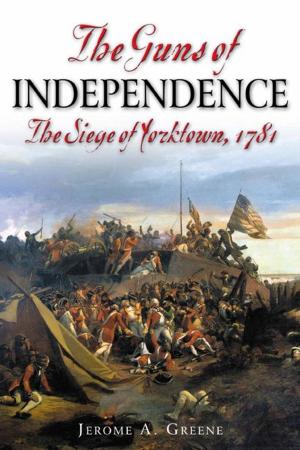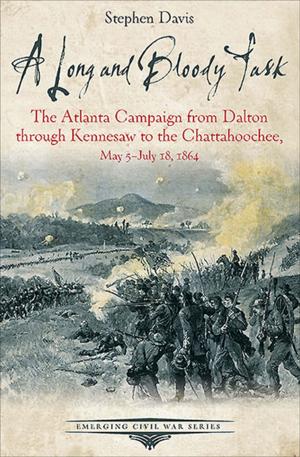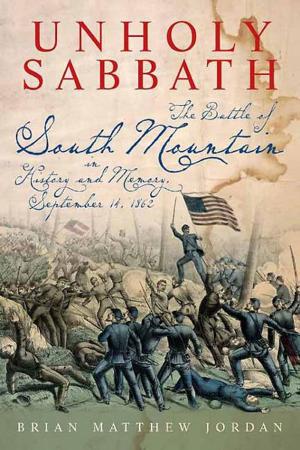Confederate General William "Extra Billy" Smith
From Virginia's Statehouse to Gettysburg Scapegoat
Nonfiction, History, Americas, United States, Civil War Period (1850-1877), Biography & Memoir, Historical| Author: | Scott L. Mingus Sr. | ISBN: | 9781611211306 |
| Publisher: | Savas Beatie | Publication: | April 19, 2013 |
| Imprint: | Savas Beatie | Language: | English |
| Author: | Scott L. Mingus Sr. |
| ISBN: | 9781611211306 |
| Publisher: | Savas Beatie |
| Publication: | April 19, 2013 |
| Imprint: | Savas Beatie |
| Language: | English |
An award-winning biography of one of the Confederacy’s most colorful and controversial generals.
Winner of the 2013 Nathan Bedford Forrest History Book Award for Southern History
Nominated for the 2014 Virginia Book Award for Nonfiction
Despite a life full of drama, politics, and adventure, little has been written about William “Extra Billy” Smith—aside from a rather biased account by his brother-in-law back in the nineteenth century. As the oldest and one of the most controversial Confederate generals on the field at Gettysburg, Smith was also one of the most charismatic characters of the Civil War and the antebellum Old South.
Known nationally as “Extra Billy” because of his prewar penchant for finding loopholes in government postal contracts to gain extra money for his stagecoach lines, Smith served as Virginia’s governor during both the war with Mexico and the Civil War; served five terms in the US Congress; and was one of Virginia’s leading spokesmen for slavery and states’ rights. Extra Billy’s extra-long speeches and wry sense of humor were legendary among his peers. A lawyer during the heady Gold Rush days, he made a fortune in California—and, as with his income earned from stagecoaches, quickly lost it.
Despite his advanced age, Smith took to the field and fought well at First Manassas, was wounded at Seven Pines and again at Sharpsburg, and marched with Lee’s Army of Northern Virginia into Pennsylvania. There, on the first day at Gettysburg, Smith’s frantic messages about a possible Union flanking attack remain a matter of controversy to this day. Did his aging eyes see distant fence-lines that he interpreted as approaching enemy soldiers—mere phantoms of his imagination? Or did his prompt action stave off a looming Confederate disaster?
This biography draws upon a wide array of newspapers, diaries, letters, and other firsthand accounts to paint a portrait of one of the South’s most interesting leaders, complete with original maps and photos.
An award-winning biography of one of the Confederacy’s most colorful and controversial generals.
Winner of the 2013 Nathan Bedford Forrest History Book Award for Southern History
Nominated for the 2014 Virginia Book Award for Nonfiction
Despite a life full of drama, politics, and adventure, little has been written about William “Extra Billy” Smith—aside from a rather biased account by his brother-in-law back in the nineteenth century. As the oldest and one of the most controversial Confederate generals on the field at Gettysburg, Smith was also one of the most charismatic characters of the Civil War and the antebellum Old South.
Known nationally as “Extra Billy” because of his prewar penchant for finding loopholes in government postal contracts to gain extra money for his stagecoach lines, Smith served as Virginia’s governor during both the war with Mexico and the Civil War; served five terms in the US Congress; and was one of Virginia’s leading spokesmen for slavery and states’ rights. Extra Billy’s extra-long speeches and wry sense of humor were legendary among his peers. A lawyer during the heady Gold Rush days, he made a fortune in California—and, as with his income earned from stagecoaches, quickly lost it.
Despite his advanced age, Smith took to the field and fought well at First Manassas, was wounded at Seven Pines and again at Sharpsburg, and marched with Lee’s Army of Northern Virginia into Pennsylvania. There, on the first day at Gettysburg, Smith’s frantic messages about a possible Union flanking attack remain a matter of controversy to this day. Did his aging eyes see distant fence-lines that he interpreted as approaching enemy soldiers—mere phantoms of his imagination? Or did his prompt action stave off a looming Confederate disaster?
This biography draws upon a wide array of newspapers, diaries, letters, and other firsthand accounts to paint a portrait of one of the South’s most interesting leaders, complete with original maps and photos.
